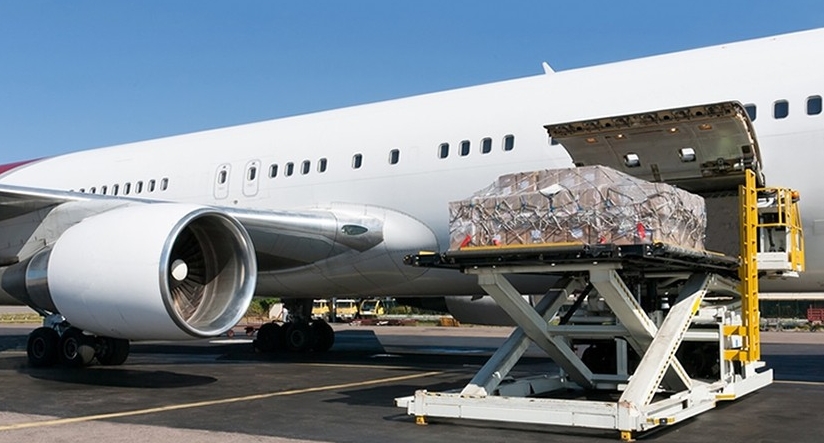IATA predicts stronger global air cargo traffic in 2017
Aviation - International Air Transport Association (IATA) has recently published a report revealing a very optimistic picture with supporting data on the global air freight.
Apr 21, 2017: International Air Transport Association (IATA) has recently published a report revealing a very optimistic picture with supporting data on the global air freight.
Notwithstanding an easing in the quarterly pace of growth over the past three months, year-on-year growth in air freight tonne kilometres (FTKs) has made a strong start to 2017.
The pick-up in air freight volumes over the past nine months has been set against an upturn in global economic and trade conditions. Business surveys point to another quarter of robust annual FTK growth in Q2. Industry-wide FTK growth has made a strong start to 2017, with air freight outperforming wider world trade since mid-2016. European and Asian carriers have driven the bulk of growth. Traffic growth has been fastest on international segment-based routes within Asia, as well as between Asia and Europe. Demand conditions across the Pacific have weakened over the past quarter, and broader momentum in FTKs has slowed.
The pick-up in air freight over the past nine months has been set against a broad and synchronised upturn in global economic conditions. Consumer confidence has risen particularly strongly. More generally, the trade backdrop has also improved, particularly for emerging economies.
The additional payload from wide-body belly capacity in the passenger fleet has continued to exceed that from freighter-only deliveries so far this year. Large freighter utilisation increased into 2017, alongside a recovery in the load factor. Crude oil prices trended upwards during much of 2016, and are currently around $55 per barrel. But this is around the levels seen during 2011-2014, and markets expect them to rise only gradually. The downward trend in freight yields has stabilised.
The factors that influenced the market are, a) Air freight volumes continued to trend upwards on a quarterly basis. b) While year-on-year growth in FTKs rose to 8.2 percent during the 3 months to February, the 1.3 percent quarter-on-quarter increase was well down on the 2.3 percent and 3.5 percent increases seen during the two previous quarters. c) The pick-up in industry FTKs over the past year or so has seen air freight gain. d) Asia-Pacific and European airlines accounted for more than 70 percent of the annual growth in FTKs. Latin American carriers made a negative contribution to growth for the fourth quarter in a row. e) We have seen a broad pick-up in freight traffic on the four major segment-based trade lanes since mid-2016. f) Cargo throughput has increased at double-digit at a handful of key freight airports in 2017, mainly in Asia. By contrast, growth in cargo in the Middle East has been weaker (Abu Dhabi volumes fell in January).
g) Economy-wide business confidence in advanced economies has slipped slightly but has continued to edge higher in emerging markets. h) Consumer confidence has continued its strong upward trend that translating into higher consumer spending and thus demand air freighted goods. i) The trade backdrop has also picked up in recent months, particularly for emerging economies. j) Traditional demand drivers for the air freight industry have also been robust. The quantity of silicon material shipments increased by 10.4 percent year-on-year in Q4 2016 k) Additional payload from wide-body belly capacity has continued to exceed that from the freighter-only fleet. 659 additional tonnes of capacity have been added to the freighter fleet.

l) Large wide-body freighter aircraft utilisation increased in late-2016 and into 2017 to just under 10.5 hours per day. m) Oil prices trended upwards during much of 2016 and remain around US$55/bbl. A rebalancing is taking place, it is expected that the oil prices may increase modestly from current levels. n) The fall in freight yields seen in early-2017 reflects the usual seasonal pattern: adjusting for this shows that the downward trend in yields including fuel and other surcharges has stabilised, helped by the upward trend in the load factor.




